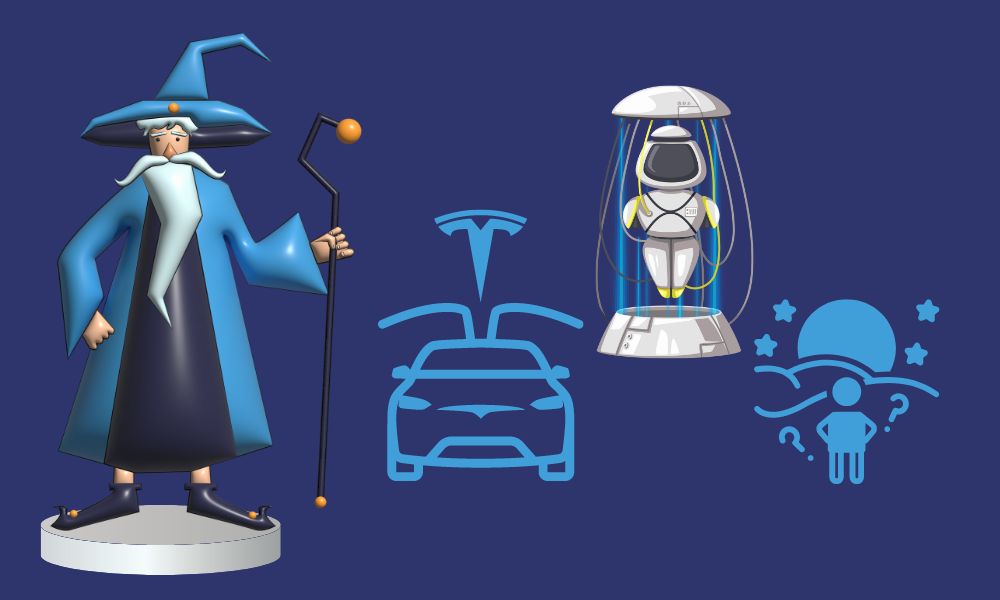
In around nine days, we should be able to learn more about Tesla's first prototype of a humanoid robot. In the meantime, stay tuned!
Elon Musk, the CEO of Tesla, said a year ago that the company was working on the development of a humanoid robot that would be capable of performing monotonous, repetitive industrial work and may even one day become our significant others.
It is anticipated that the prototype will be shown off on September 30 during the AI Day event that the firm will be hosting. It was given the name Optimus in honor of Optimus Prime, the mighty commander of the Autobots in the Transformers series.
Recent job posts made by Tesla indicate that the business intends to create hundreds, and even millions, of humanoid robots in the not-too-distant future and distribute them all over the world.
The manufacturing is not planned to begin until the following year, and the prototype will have a height of around 1.73 meters.
Musk had stated in the past that it was essential to keep the cost of the device from becoming "super-expensive."
However, he has also projected that the robot company may someday be worth more than Tesla's income from its electric automobiles at some point in the future.
However, robotics specialists are skeptical about the billionaire entrepreneur's intentions for broad usage of humanoid robots, unless Tesla is able to roll out robots that can perform many spontaneous activities simultaneously.
 Wise Traders Best Choice - AssetsFX Wise Traders Best Choice - AssetsFX |
Sam Abuelsamid, an analyst at Guidehouse Insights, was quoted by Reuters as saying, "It's all part of diverting consumers and offering them the next shiny item to go after."
Other automakers, such as Honda and Hyundai's Boston Dynamics division, have been working on humanoid robots for several decades now.
On the other hand, just like self-driving automobiles, the robots struggle when confronted with unexpected circumstances.
"Self-driving automobiles were not actually demonstrated to be as simple as anybody believed they would be. According to Shaun Azimi, who is in charge of NASA's Dexterous Robotics Team, "And it's the same thing with humanoid robots to some extent."